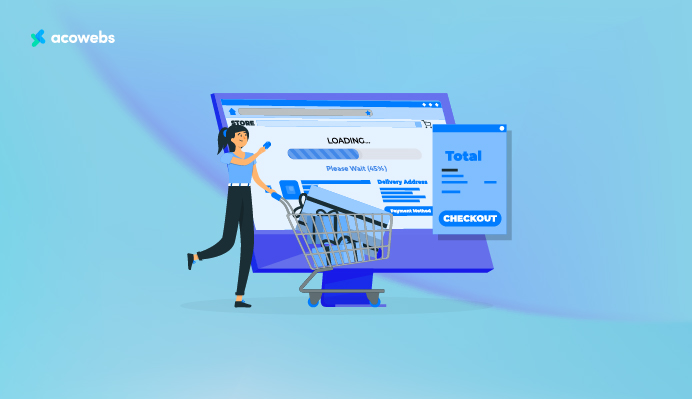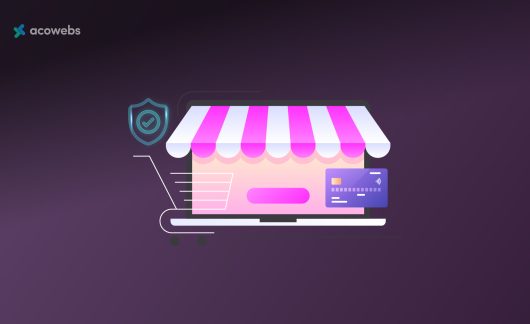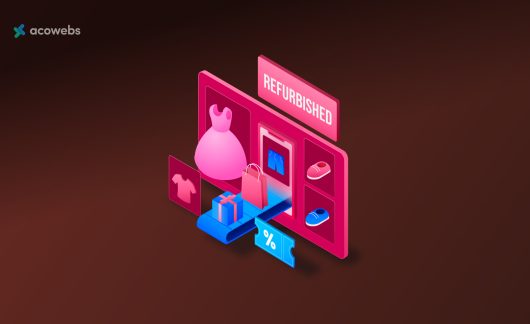WooCommerce store owners know that abandoned carts can quickly become the bane of their existence. Picture this: a customer comes to your site, goes through all the hoops, puts items in the cart, and then vanishes. The story is quite familiar and something that happens far more often than most would expect. But here’s the good news you can make those lost opportunities sell. In this guide, we will look at how to effectively redesign and implement practical tips to recover abandoned carts in WooCommerce, increase revenue, and improve the user experience.
Understanding Cart Abandonment in WooCommerce
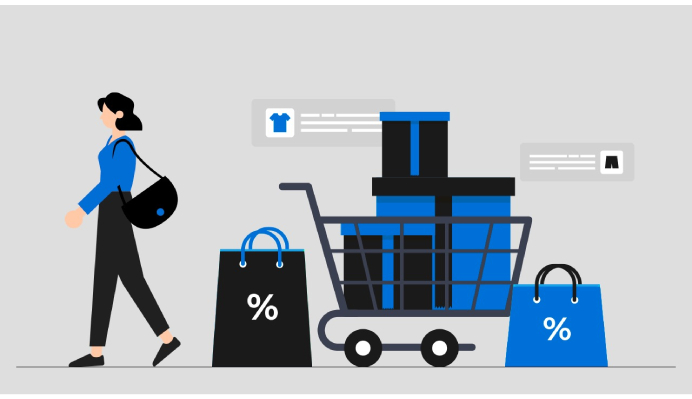
What Is Cart Abandonment?
Abandonment of a cart happens when a potential customer places certain items in the shopping cart but exits from the website without proceeding towards making the final purchase. This is a common problem in e-commerce, with the average cart abandonment rate being close to 70%. The root of this behavior is diverse, however, the fundamental cause can be familiar – improper and incomplete user interaction.
Common Reasons for Cart Abandonment
In the relatively recent realm of e-commerce, cart abandonment continues to be a major problem of organizations. While the reasons behind this behavior vary, three primary factors stand out: the problem of high hidden charges, the cumbersome payment procedures, and the absence of varied payment systems. To increase customer experience and conversion rate, it is important to learn about these barriers.
Unexpected Costs
No consumer finds it more irritating when they are subjected to other hidden costs once they are done with a purchase. These are other charges, which are usually not indicated during the prices but rather come in the form of shipping charges, taxes, and other charges that may make a customer feel cheated about the price of a certain product. When the total price deviates greatly from the initial cost of the product, consumers appear to develop a lack of trust – they opt to withdraw from the process of the purchase. To this effect, price transparency constitutes an important notion for businesses to adopt so as to harness customer value. When all the prices, including the shipping cost and taxes, are revealed, this is likely to make your customers trust you more and refrain from worrying over the additional cost of future purchases.
Complicated Checkout Processes
A lengthy or confusing checkout process can test a customer’s patience, leading them to abandon their cart altogether. Each additional step in the process whether it’s creating an account, filling out redundant forms, or navigating through poorly designed pages increases the likelihood of frustration. Simplifying the checkout process by enabling guest checkouts, auto-filling information, and reducing the number of steps required can significantly enhance user experience. Furthermore, providing clear progress indicators and ensuring mobile optimization ensures a seamless journey for users across devices.
Lack of Payment Options
Concerning the payment option, today’s buyer expects to make it as comfortable and as convenient as possible. If a business only accepts cash or has other poorly developed and limited forms of payment, potential customers may not feel wholly able to engage with the company and, therefore, shop elsewhere. To address this risk, companies should avail of several secure payment methods, including credit and debit cards and electronic wallets, including PayPal and Apple Pay, among other digital currencies. Offering buy-now-pay-later services can also be useful for consumers who are thinking about cost – giving more reasons to buy the product.
The Importance of Recovering Abandoned Carts
Abandoned carts, known as one of the greatest challenges in this area, are also one of the biggest opportunities. Another form of cart and Browse abandonments that has great potential to increase overall revenues while also being critical in improving the customer experience is proactive cart abandonments. Here’s why recovering abandoned carts is essential for any business striving to thrive in a competitive marketplace:
Impact on Revenue
So, when creating a map of your customer’s journey, it is important to remember that every abandoned cart equates to the potential lost revenue, the dollars that could have walked through your door the very next day and brought immediate revenue to your business. Not only do customers leave behind the actual items in their carts, but the marketing efforts that brought the customers to your store in the first place, including SEO, landing page designs, and more. Recapturing as few as a fraction of those deserting carts can make a big difference to your returns.
There exists crucial approaches such as sending emails to the customers, discounts, and other advertisements intended to persuade them to complete their purchases. It is a cost efficient way of increasing sales from the acquired traffic and marketing without having to invest in getting new customers.
Enhancing Customer Experience
It’s important to further emphasize that effective cart recovery tactics are not exclusive of the goal of selling goods; they are also a big part of the churn and polishing of the shopping environment. Know why customers are carting out; whether its high returns on cost, complicated steps in the process or no convenient tender facilities; it offers useful information about areas of discomfort in the funnel. This way, businesses will be able to ensure that the subsequent shoppers experience much better and more pleasant sightseeing.
It is comforting and satisfying for customers when they realize that a particular brand notices their needs and has the intention of adjusting to better meet those needs. For example, an email that is sent out after a purchase is an expression of interest from the customers, or an offer to help them check out is an encouraging sign to customers. It makes the prospects carry out the purchase, and it also makes them come back to the business again and again: the formation of a long-term partnership.
In other words, recovering abandoned carts goes beyond the KPI of making up for lost sales; it’s about building an effective customer experience. This idea means that by focusing on the financial side and appreciating the client, the firm can enhance its competitive advantage and provide the consumers with proper attention.
Strategies to Identify Abandoned Carts in WooCommerce
To counter this issue of cart abandonment , one of the requirements is to accurately recognize which carts were abandoned WooCommerce provides comprehensive tools to help with this. With the help of tracking tools and techniques, companies can analyze what and how consumers buy, identify abandonment patterns, and use them to communicate with the consumer.
Tracking Abandoned Carts
Using WooCommerce, abandoned carts can be tracked through plugins and analytics of the business run. These resources also identify when a customer has put items in their cart but has not finalized the purchase process. Tracking typically involves capturing key data such as:
- The items left in the cart.
- The time of abandonment.
- Additional information, such as customers’ email addresses, if any, submitted by them.
This data reduces the impossibility of identifying the specific stage at which customers start to drop off further, for example, due to a technical hitch or extra costs.
Tools and Plugins for Monitoring
As will be recalled from the earlier part of this post, WooCommerce has numerous plugins to help identify and manage abandoned carts. These tools not only automate tracking but also provide actionable insights and recovery options:
1 . WooCommerce Cart Abandonment Recovery
This plugin can effectively be used as a cart abandonment tool and to recover customers. It collects the email of the customer during the checkout process and then follows the customer up by sending a follow-up email to complete a transaction. This means that you can generate concrete, adaptable email templates for your recovery campaigns, and there are even integrated statistical tools by which to gauge their performance.
2 . Abandoned Cart Lite for WooCommerce
Suitable for small to medium businesses, this free plugin provides useful options for tracking and reversing cart abandonments. It records real-time cart details and sends automated email wake-up calls to the customer. The plugin also enables the management of emails and makes it possible to incorporate things like promo codes for buyers or for repeat customers.
3 . Google Analytics Enhanced E-commerce Tracking
When using WooCommerce with Google Analytics, companies are able to have an overall perspective of cart abandonment processes. This is about understanding the movement of customers within the checkout process and knowing where the drop off points are.
Proven Methods to Recover Abandoned Carts
Sending Timely Cart Recovery Emails
Personalizing Email Content
Greetings to your customers by name, refer to the products in the cart, and imply a sense of time pressure to encourage customers to buy. Personalization is effective in deepening the commitment the customer has toward a product.
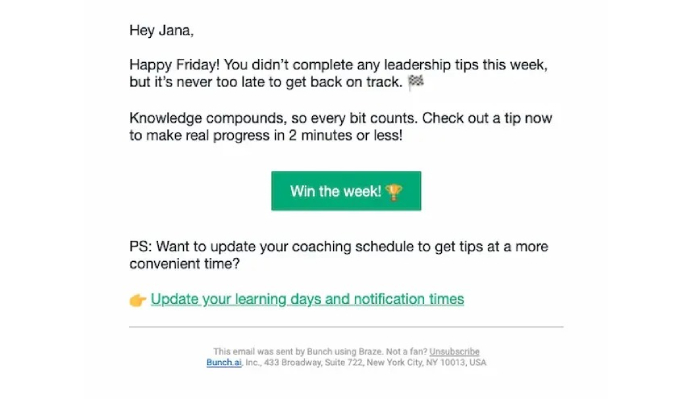
Adding Incentives and Discounts
Including promotion such and discounts or free shipping will be used to encourage the clients to complete their orders. When they are exclusive and provide a limited time in which the offer is valid the results are even better.
Retargeting Ads
Social Media Retargeting
Sites like Facebook and Instagram, in particular, enable you to market to consumers who have left items in their carts. These ads help to keep your products in front of potential customers.
Google Ads for WooCommerce
An interesting form of remarketing that Google offers includes dynamic remarketing ads that help the organization display the exact products that the customer abandoned in the cart, thus improving the chances of recovery. These ads tailor the message using data to ensure that the message gets to the end consumer in the most exact way possible.
Simplifying the Checkout Process
Optimizing for Mobile Users
When designing your forms, make certain to simplify processes to get just the required data to reduce the time as much as possible. The fewer barriers a customer encounters the more likely they are to go through with a purchase.
Reducing Form Fields
Cart recovery is one of the most effective and popular practices today, so there are quite a number of plugins that offer cart recovery services.
Using WooCommerce Plugins for Cart Recovery
Best Plugins for Cart Recovery
WooCommerce Cart Abandonment Recovery
This plugin helps in the work of sending the recovery emails and follow the cart abandonment. It is an all encompassing solution which has been devised to facilitate the recovery process.
Abandoned Cart Lite
An Open-source solution that covers basic functionalities of cart recovery. It is very effective for small firms for an objective of regaining lost revenues without incurring extra expenses.
Retainful
It is possible to enable repeat sales since it incorporates next-order coupons in cart abandonment emails. It not only restores the lost sale, but also establishment long-term relationship with the customer as well.
Optimizing Cart Recovery Emails
To ensure businesses have higher likelihood of recovery of abandoned carts, the following recommendations for cart recovery emails should be made.
Crafting Effective Subject Lines
A subject line is the first form of communication that a customer receives from you and is a highly influential factor concerning the email’s opening rate. A good subject line should, therefore, contain relevant information, be brief and specific, but also catch the eye! Some examples of this are “Buy Out Those Products” or “Check Out Your Cart WOW Your Items Are Still Awaiting You.” Others include using the name of the recipient or a more specific theme. For instance, using ‘Your Cart Awaits, Maxwell’ is likely to be opened rather than just ‘Order Now.’
Timing and Frequency of Emails
As discussed earlier, timing is very important when it comes to sending cart recovery emails. Communicating the first email within one hour of cart abandonment is highly effective due to the fact that the cart is still vivid in the customer’s mind, and they had, in fact, shown a fearful intent of completing a purchase. Subsequent calls should be made on the subsequent days in order not to overburden the clients with follow-up reminders. Adjusting the timings (1st after an hour, 2nd after 24 hours, and the third after 72 hours) will make it easier to find out the best time for your audience.
Measuring the Success of Cart Recovery Efforts
Analyzing Cart Recovery Rates
It affects the generally accepted performance indicators of your email activities: cart recovery rates must be checked on a daily basis. This way, you can rate which treatment of emails – topics, timing, or special offers – is the most effective when comparing the percentage of abandoned carts. This can, in turn, be used for further campaign planning and to increase the rates of recovery for lost clients.
Customer Feedback
When a purchase has been successful, and the consumer returns to complete the transaction, some reasons for such action should be sought from the customers. This feedback can be in terms of whether the email was timely reminding the customers, offering a discount, or more in terms of the ease of the checkout process of your business; this feedback can be useful in re-modifying your email content and organizational campaign strategies if you plan to undertake a recovery in the future.
Advanced Tips for Cart Recovery in WooCommerce
Leveraging AI for Personalized Offers
AI tools can be greatly useful when it comes to segmentation and customization of cart abandonment emails. Owing to the details of customer activity, it can suggest the product and offer a discount relevant to the past session or send messages related to a browser’s activity. Such tactics make the whole experience much more targeted to the individual customers, which enhances the possibility of the recovery.
Building Trust with Secure Payment Options
Another issue is the security of the payment information entered by the customer. By including statements that support the security of your payments, you can quiet any of these apprehensions; for example, messages that state: ‘This email is encrypted with SSL, your payment gateways are secure such as PayPal or Stripe, or, if you are making your payments through Buy Now, Pay Later options. Telling customers that it is safe to submit the details necessary to perform purchases is another good step to calm them down and proceed with the payment.
Conclusion
WooCommerce cart and checkout abandonment means, again, targeting the issues that your clients face but aren’t able to overcome. Currently, it is possible to turn the lost opportunities into regular customers by following the strategies that are described in this guide. Every single measure – from email newsletters to plugins – is equally effective in the promotion of your store. You have to start right now, and you will see your conversions go through the roof!
Acowebs are the developers of WooCommerce Dynamic Pricing the best way to add discounts based on a range of unconditional and considerable criterias to set with a simple user interface which makes your efforts much easier. discount rules for woocommerce also comes with Percentage / Fixed price discounts and woocommerce email customizer using which you can easily build and customize WooCommerce emails with a drag-and-drop user interface.












 Login
Login
 Cart
Cart